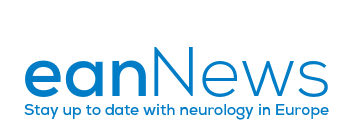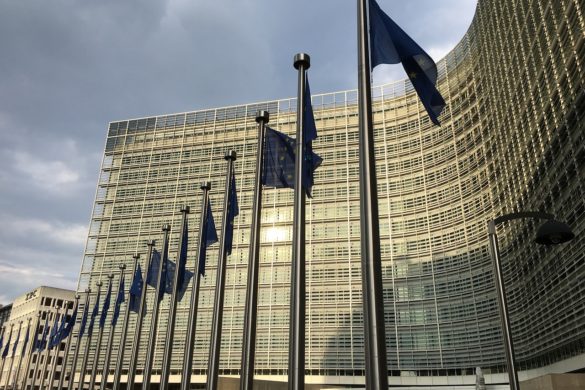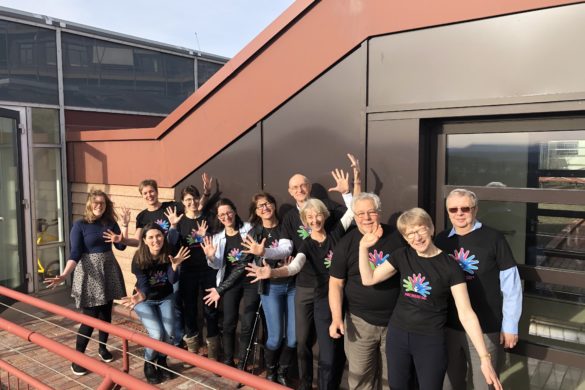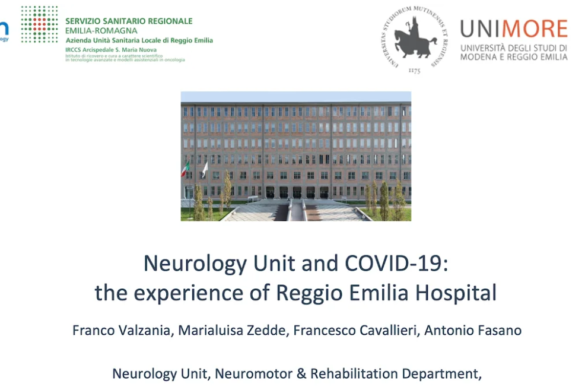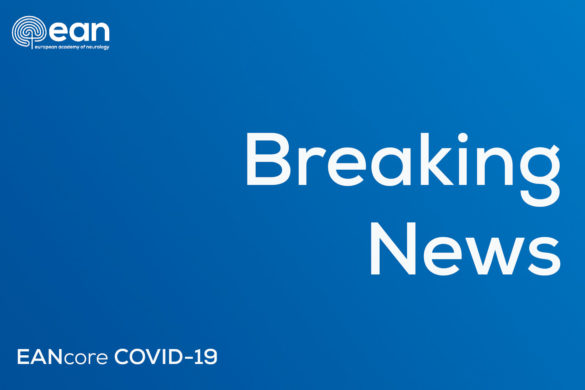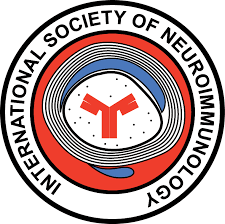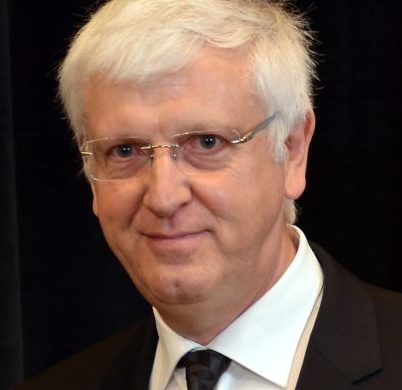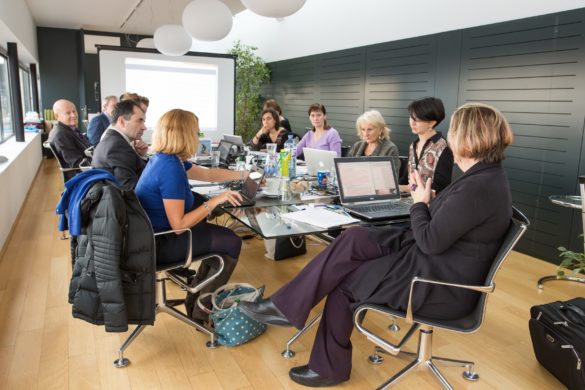As part of
the EU’s Civil Protection Mechanism, on 19 March, the European
Commission decided to create a Strategic RescEU Stockpile of medical
equipment such as ventilators and protective masks to help EU countries in the
context of the COVID-19… Continue Reading
Category
EAN News
-
-
Rare Disease Day was launched in 2008 by EURORDIS, an alliance of patient organisations, and its Council of National Alliances, starting as a European event. It is now a major international event celebrated by rare disease organizations across the globe with… Continue Reading
-
EAN NewsCOVID-19Top Articles
Frontline Report: COVID-19 & Impact on Neurology Unit at Reggio Emilia Hospital
March 31, 2020Neurologists working at the Reggio Emilio Hospital in Italy have provided a presentation on the impact the COVID-19 pandemic has had on their Neurology Unit and their experience treating COVId-19 patients with neurological conditions. -
Breaking newsEAN NewsCOVID-19Research
Fair allocation of scarce medical resources in the time of Covid-19
March 30, 2020This article addresses the difficult issue of how to allocate overstretched resources during a pandemic and proposes six recommendations based on principles of equality and maximising benefits. -
Find out which sessions not to miss at EAN 2020 in Paris
-
EAN signed a Memorandum of Understanding withISNA – International Society for Neuro-Immunology joining forces to promote optimal cooperation in Europe between both societies.
-
EAN signed a Memorandum of Understanding with EPA – European Psychiatric Association joining forces to promote optimal cooperation in Europe between both societies.
-
Dr. Tom Jenkins, Chair of the EAN e-Communication Committee interviews Prof. Didier Leys, Editor in Chief of the European Journal of Neurology
-
Executive PageEAN NewsFeatured Slider
Executive Page: EAN President meets Italian Society of Neurology (SIN)
March 1, 2020As a society aiming to promote excellence in neurology across Europe, one of the European Academy of Neurology’s greatest assets is undoubtedly the strong support from its National Neurological Society Members. As a region with a wide variety of languages, cultures, jurisdictions and needs, Europe certainly presents some challenges when it comes to coordinated action, but what we all have in common as neurologists is a strong desire to reach for excellence, ensure the best possible patient care and to work together to achieve it. -
Paper of the MonthEAN NewsFeatured Slider
Paper of the Month: Apomorphine sublingual film for off episodes in Parkinson’s disease: a randomised, double-blind, placebo-controlled phase 3 study
March 1, 2020For March 2020, we have selected: Olanow et al, Apomorphine sublingual film for off episodes in Parkinson’s disease: a randomised, double-blind, placebo-controlled phase 3 study. Lancet Neurology; 19: 135-44. -
Ireland – Hibernia (“land of winter” according to the Romans) – sits as the last outpost of North-Western Europe before the vast Atlantic Ocean that separates us from North America. Anyone who has visited the Cliffs of Moher (Figure) on the West Coast of Ireland will appreciate the precipitous point at which Europe ends.
-
29 February 2020, a rare day, will be the thirteenth international Rare Disease Day. Many activities are organized in more than 100 countries to raise awareness amongst the general public and decision-makers about Rare Diseases and their impact on patients’… Continue Reading
-
We are happy to announce that there will be a total of 4 EAN-Days in 2020, and the first one will be in Almaty, Kazakhstan on 18 April.
-
3rd Sleep Science Winter School (European Sleep Foundation) 1st – 4th March 2020, Wengen, Germany The programme includes two topical keynote lectures on the topics of ‘Microbiota and Sleep’, and ‘The Brain Mechanisms of Awareness and Consciousness’. Seven scientific sessions… Continue Reading
-
EAN NewsEAN NewsTop Articles
EAN Seeks New Officers for Committees & Working Groups
February 27, 2020After more than five highly successful and productive years, EAN aims to continue the excellent work of its dedicated officers while giving an opportunity for new colleagues to contribute and bring fresh perspectives towards our mission to reduce the burden of neurological disease in Europe.
